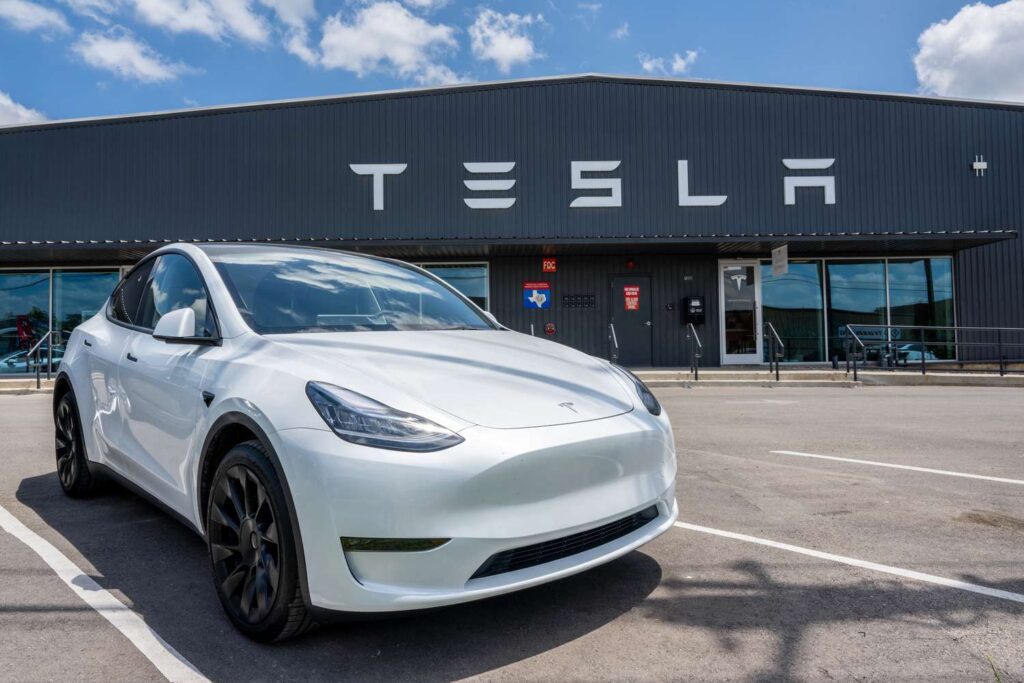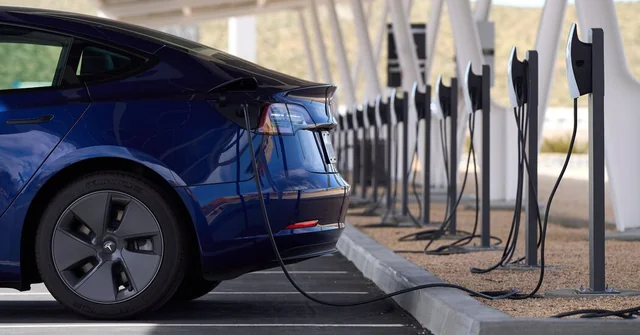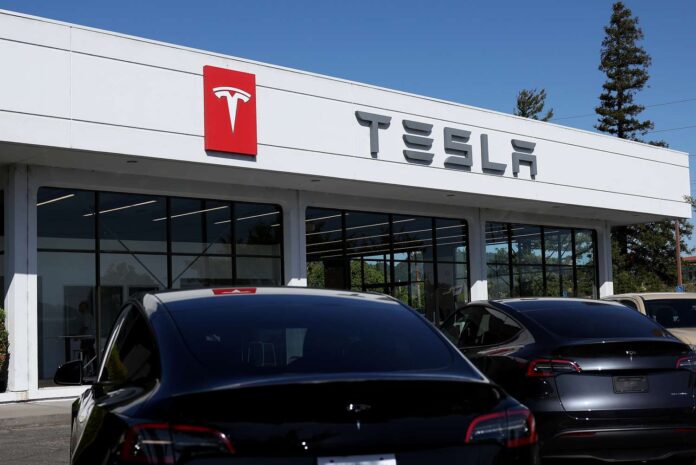In the second quarter of this year, Tesla, the previously unchallenged leader in the US electric vehicle (EV) industry, had its market share drop below 50% for the first time. This noteworthy trend indicates a change in customer tastes as well as the growing competition in the EV industry. Cox Automotive estimates that from April through June, Tesla sold 49.7% of EVs, down from 59.3% during the same time the previous year. This is the first time that Tesla’s market share has fallen below 50% in a quarter, highlighting the growing difficulties that the business is facing.

Tesla’s Surge in Overall EV Market Growth
In spite of Tesla’s diminishing market share, the US EV sector as a whole is still expanding rapidly. More than 330,000 electric vehicles and light trucks were sold or leased in the second quarter of this year, representing an 11.3% increase in U.S. EV sales over the prior year. Even while the growth rate has moderated compared to the prior spectacular rates, this gain nevertheless demonstrates a growing customer desire for electric vehicles. 8% of all new automobiles sold or leased over the three-month period were electric vehicles (EVs), an increase from 7.2% the previous year.
Increasing Rivalry with Well-Established Automakers
In the EV industry, Tesla had minimal competition a few years ago. In terms of acceleration and driving range, its cars were unparalleled. But things have drastically altered in this setting. Well-known automakers like Tesla have matched or even surpassed its 300-mile range with the introduction of electric vehicles from General Motors (GM), Ford, Hyundai, and Kia.
Also Read :- Lexus Lowers Prices in a Brutal Market to Increase EV Sales
There are already more than 100 electric vehicles available in the US market, giving buyers a lot of options. The Alliance for Automotive Innovation claims that as options have expanded, costs have decreased, allowing EVs to be more affordable for a wider spectrum of buyers. Strong competition has kept prices under pressure, which has aided in the gradual increase in EV adoption.
Obstacles that Tesla is Facing
Tesla’s ageing lineup is one of the major issues company confronts. Introduced in 2020, the Model Y has been Tesla’s best-selling car. It is quite obsolete by industry standards. Competitors like as Hyundai and Kia, on the other hand, provide a greater selection of electric cars at affordable pricing, along with updated styling.

Tesla faces more difficulties with its service network. Although Tesla sells its vehicles online, a number of customers have complained that the company’s tiny network of service centres makes it difficult for them to have their cars fixed. On the other hand, Tesla lacks the maintenance and repair capabilities of major automakers like Ford and BMW, who have vast dealer networks.
Political Aspects Affecting Sales of Tesla
The political positions of Elon Musk could possibly be impacting Tesla’s sales. Elon Musk’s adoption of right-wing political views on his owned social media network, X (previously Twitter), could have caused a rift with some of Tesla’s usual left- or liberal-leaning clientele. Sales of electric vehicles are more common in places where Democrats are typically elected to state and federal positions. This suggests that Musk’s political philosophies may not align with those of his primary clientele.
Competitive Environment and General Motors
In the EV market, General Motors has advanced significantly. GM has started to bring out vehicles that are particularly meant to be electric, instead of changing petrol models to electric ones, which was a sluggish start. Through a joint venture with LG Energy Solution, the company has also begun to use American-made batteries. A future model from General Motors is the electric Equinox sport utility vehicle, which is anticipated to cost around $35,000 before the $7,500 federal tax credit.
What is Tesla’s Future Course?
In order to restore its leading position in the industry, Tesla will need to make significant improvements in a few critical areas. First and foremost, adding newer models to its inventory of cars will be essential to drawing in customers who want the newest in terms of design and technology. Second, in order to offer the calibre of customer care that customers need, it will be essential to grow its service network. Finally, in order to continue appealing to a wide range of customers, Tesla will need to successfully negotiate the complicated terrain of consumer preferences and political forces.
Conclusion
The drop in Tesla’s market share below 50% is a critical turning point in the development of the American EV industry. This change is being attributed to a number of causes, including the rise in established manufacturer rivalry, the arrival of more electric models, and the increasing appeal of hybrid cars. Even if Tesla is still a major player in the industry, it faces many obstacles and will need to change with the times in order to stay at the top.
Disclaimer: The information provided in this article is based on publicly available sources and may not be 100% accurate.

